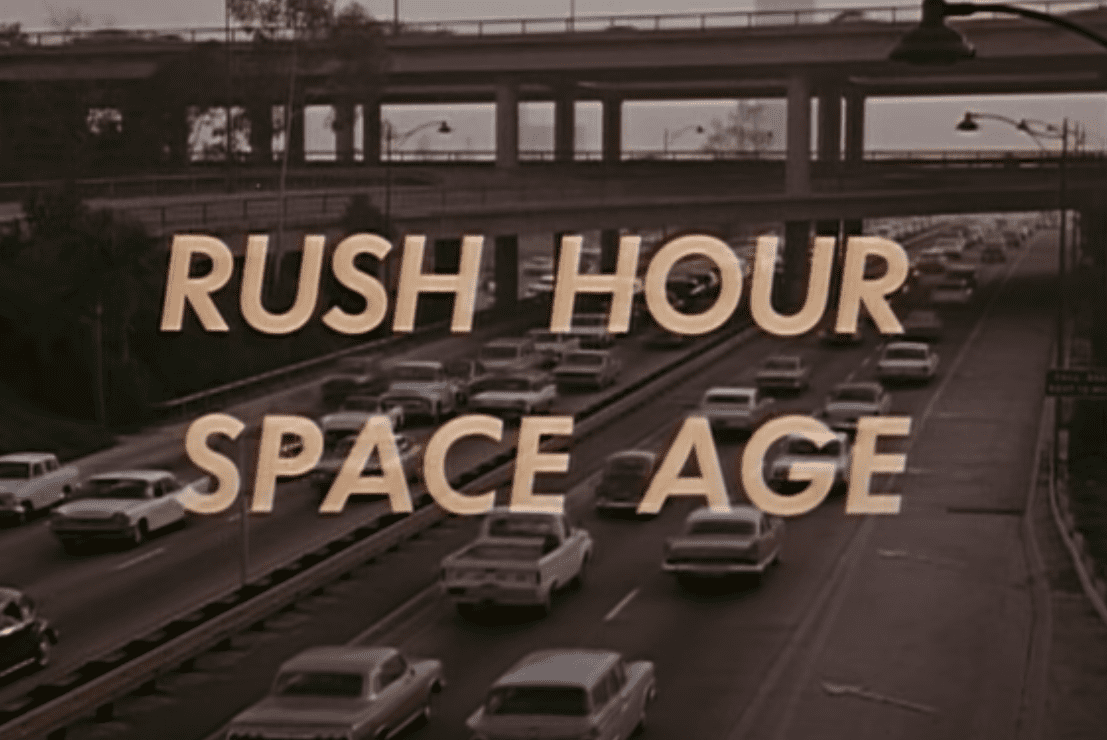The Space Age truly kicked off when the Soviet Union blasted Sputnik 1 into orbit around Earth. This happened back in 1957 and it ushered in an era of technological advancement. Yuri Gagarin was the first human in space in April of 1961 and then Alan Shephard followed soon after in May of that same year. While the world marched forth into a new era, so too did our culture and our way of life. Roads became ever increasingly flooded with people in their automobiles. Rush hour became a thing. And this is what it looked like back in the late 1960s.
This short film takes us through private and public transportation in places like the Bay Area, Chicago, and even a few shots in locations in Europe. You’re going to be shouting out the makes and models of a bunch of cool old cars. If you need a period-focused distraction this morning, this video should cover that nicely.
This is Rush Hour: Space Age.


Leave a Reply